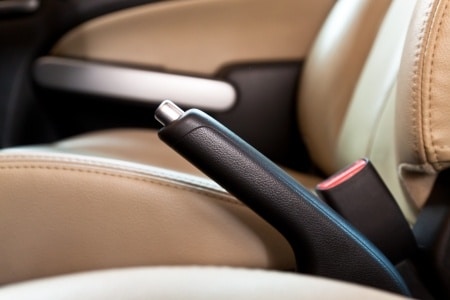When you have a car you just love, or money is tight, you want to keep your current car running as long as possible. So, how many miles can a car last? The make and model can certainly make a difference, but the major influencer is how you care for your vehicle.
How Many Miles Can a Car Last?
Today’s cars last much longer than they used to. According to the executive director of the Car Care Council, today’s passenger vehicles should last 200,000 miles or more and the average age of cars on U.S. roads is an astounding 11.6 years.
However, if you are Irving Gordon’s world recording-holding 1966 Volvo 1800S, you can last over 3,000,000 miles. That’s right, 3 MILLION. Gordon is diligent about his routine maintenance schedule, changing the oil every 3,000-3,500 miles and the transmission fluid about every 25,000 miles.
How Many Miles Can a Car Last on Average?
In the 1930s, reaching 100,000 was quite a feat. Cars in that decade averaged about 50,000-90,000 miles and only lasted about 6.75 years. The cars of the fifties, sixties, and seventies started to consistently see about 100,000 miles, and most odometers rolled over to all zeroes after 99,999.9. Now, it’s not unusual for cars to last well over 100,000 miles and even into the 200,000-mile range.
How You Can Make Your Car Last
When it comes to vehicle longevity, the key is car care. You know those manuals you get when you buy the car? Don’t just toss them in the glove box and forget about them. They are filled with very important information, including the recommended maintenance schedule.
For example, if you recently purchased a new 2021 Toyota Venza HV, at 5,000 miles or 6 months (whichever comes first), you should:
- Check installation of driver’s floor mat
- Check fluid levels
- Check battery cooling intake fluid
- Inspect wiper blades
- Rotate tires
- Visually inspect brakes
At 10,000 miles you should do all of the above as well as replace engine oil and oil filter
At 15,000 miles complete all seven of the above maintenance, as well as inspecting:
- Ball joints and dust covers
- Brake lines and hoses
- Cabin air filter
- Driveshaft boots
- Engine/Inverter coolant
- Exhaust pipe and mountings
- Radiator, condenser, and/or intercooler
- Steering gear
- Steering linkage and boots
Also keep in mind that the type of driving you do (highway vs. city streets, dusty roads, high altitudes, steep inclines) will influence the type and frequency of maintenance needed.
Maintenance Reminders & Tracking at Your Fingertips
Not only has technology lengthened the lifetime of today’s automobiles, but it makes maintaining your car a breeze. Get reminders and track maintenance, mileage, and repairs with phone apps like:
- CARFAX Car Care
- Drivvo
- AUTOsist
- My Car
- Fuelly
- Simply Auto
How Many Miles On a Used Car Is Too Much?
This is a trick question because it all depends on the used car care and maintenance performed. A car with 25,000 miles on it that has had zero maintenance may be ready to blow a gasket. A car with 150,000 miles on it that has had all of the required maintenance can last another 100,000 miles or more.
Bring Your Car Back To OEM Quality with Cascade Collision Repair
Unfortunately, all of the maintenance in the world cannot keep accidents from happening. If you’ve had a fender bender, been on the receiving end of a stray baseball, received weather-related damage or any other dings or dents, Cascade Collision Repair can help get your car back into tip-top shape.
For more information about our auto body and collision repair services, stop into our Lehi, Orem, Provo, or Park City Cascade Collision locations, or go online and get a quote.


